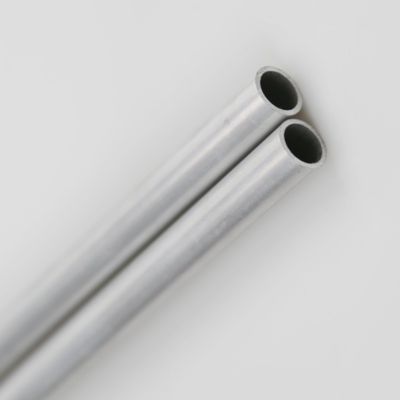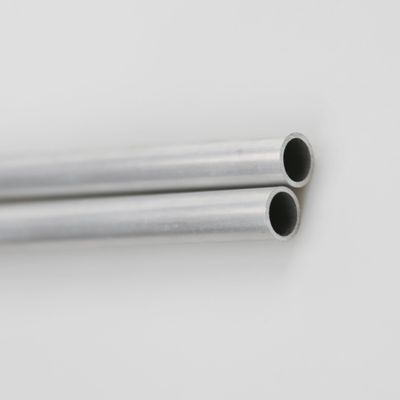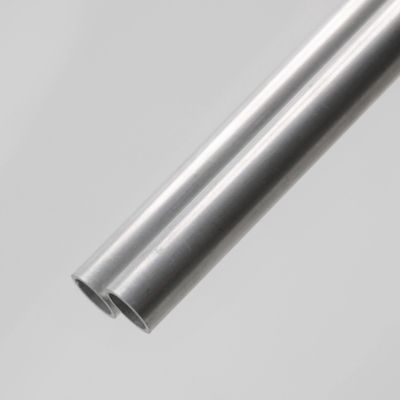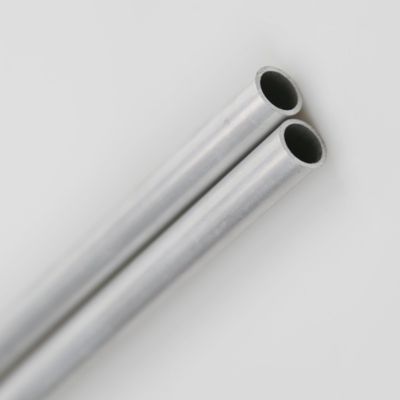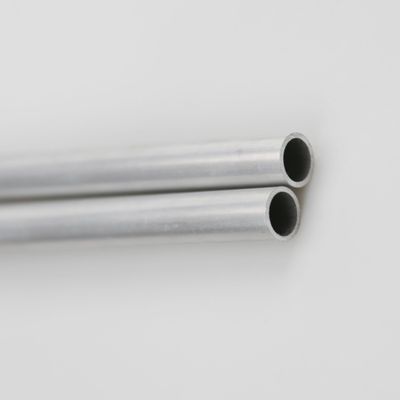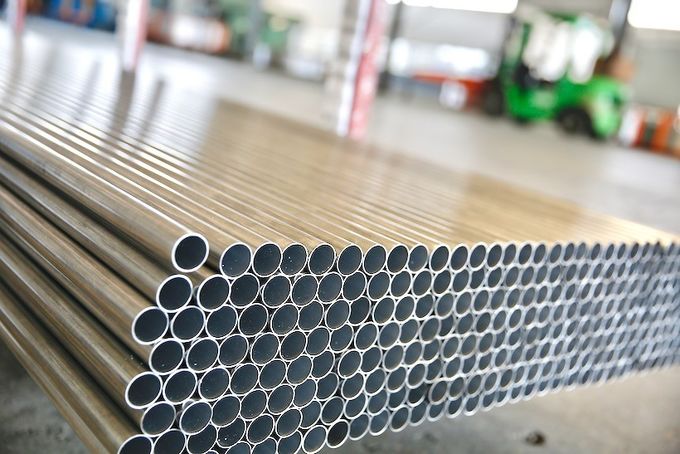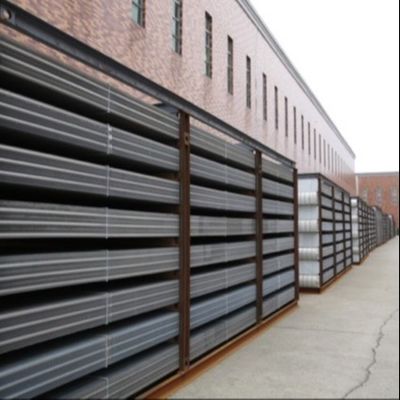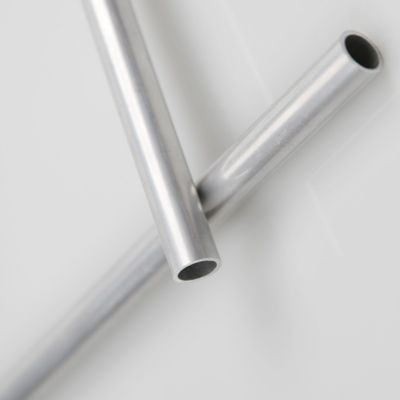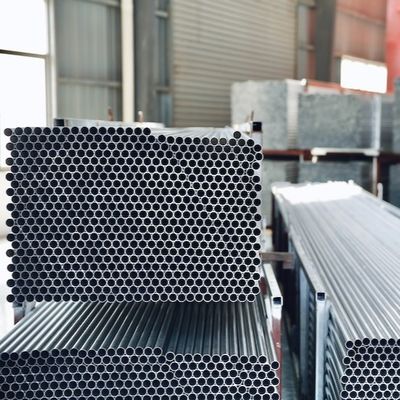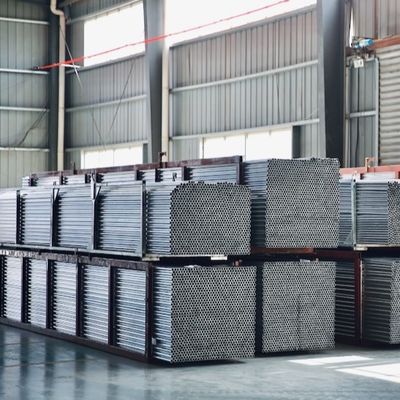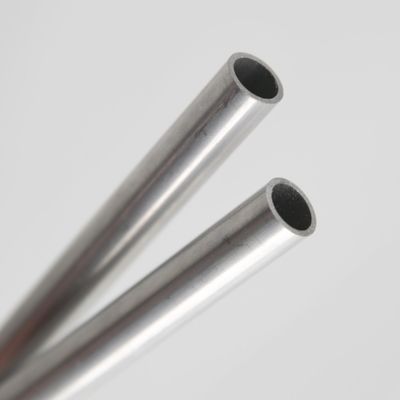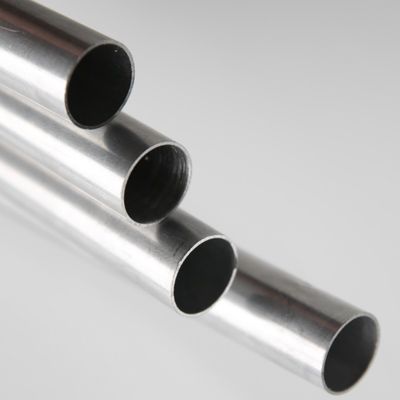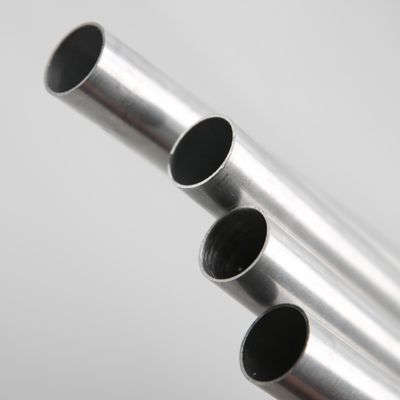3003 H14 18mm Cold Drawn Aluminium Tube For Radiator Extruded Aluminum Tube
| Place of Origin | Changzhou China |
|---|---|
| Brand Name | Yun Neng |
| Certification | ISO9001 ISO14001 ISO45001 |
| Model Number | 3003 |
| Minimum Order Quantity | 3 metric tons |
| Price | negotiation |
| Packaging Details | Standard export packaging |
| Delivery Time | 30 working days after received your down payment |
| Payment Terms | T/T |
| Supply Ability | 50,000 mt per year |

Contact me for free samples and coupons.
Whatsapp:0086 18588475571
Wechat: 0086 18588475571
Skype: sales10@aixton.com
If you have any concern, we provide 24-hour online help.
x| Features | Anti-corrosion | Product Name | Cold Drawn Aluminium Tube |
|---|---|---|---|
| Model Number | 3003 | State | H14 |
| Shape | Round | Outside Diameter/mm | 18 |
| Thickness/mm | 0.8 | ||
| High Light | Extruded Cold Drawn Aluminium Tube,18mm Cold Drawn Aluminium Tube,Round Extruded Aluminum Tube |
||
3003 H14 Cold Drawn Aluminum Alloy Tubing For Radiator Extruded Aluminum Tube
What is the difference between cold drawn aluminum pipes and hot extruded pipes?
1, The production method of cold drawn aluminum pipes is to repeatedly draw and cold upset metal bars to reduce their cross-sectional area and increase their length until they reach the required size. The production method of hot extrusion tubes is to extrude metal bars at high temperatures to form a tubular shape.
2, The surface treatment of cold drawn aluminum pipes is smooth and does not require additional surface treatment, while the surface of hot extruded pipes has obvious extrusion marks and requires surface treatment to remove defects.
3, Performance characteristics :
1.In terms of strength: Cold drawn aluminum pipes have higher strength but weaker plasticity; The strength of hot extruded pipes is slightly weak, but they have good toughness and plasticity.
2. In terms of processing performance: Cold drawn aluminum pipes are easy to machine into various shapes and can be subjected to deep drawing and pressing. The processability of hot extruded pipes is poor, and generally only simple operations such as shearing and drilling can be carried out.
3. In terms of corrosion resistance: Due to the smooth and burr free surface of the cold drawn aluminum pipe, and its fine grain size, it has good corrosion resistance. There are obvious extrusion marks on the surface of the hot extruded pipe, which can easily generate burrs and reduce its corrosion resistance.
4, Scope of application: Cold drawn aluminum tubes are suitable for manufacturing high-precision instruments and equipment components, automotive parts, electronic products, etc. Hot extruded pipes are suitable for manufacturing complex components, components that require cold processing, energy-saving building doors and windows, etc. Through the above introduction, it can be seen that there are differences in production methods, surface treatment, performance characteristics, and other aspects between cold drawn aluminum pipes and hot extruded pipes. When selecting aluminum tube materials, the selection should be based on actual needs and requirements to achieve better usage results.
Compared with ordinary aluminum alloy pipes, cold drawn aluminum alloy square pipes have the following advantages:
1. Better mechanical performance. Cold drawn aluminum alloy square tubes have higher yield strength and tensile strength, higher hardness, and can withstand greater pressure and tension.
2. Stronger anti-corrosion ability. Cold drawn aluminum alloy square tubes have a smooth and flat surface, excellent corrosion resistance, and are not prone to rust and corrosion.
3. Better manufacturing process. The cold drawn aluminum alloy square tube has undergone cold drawing processing, with a smooth and flat surface, high dimensional accuracy, and is not easily deformed.
In summary, cold-drawn aluminum alloy square tubes are an excellent lightweight engineering material with high strength, corrosion resistance, and ease of processing, which can be used in fields such as aerospace, automotive manufacturing, and construction engineering.
Techical Parameters:
Radiator Aluminum Alloy Tubing
|
Model Number |
State | Coil | |
|
Outside Diameter /mm |
Wall Thickness/mm | ||
| 3003,3103 | M(O) | 4-22 | 0.2-2 |
| H12 | |||
| H14 | |||
(Technical requirements refer to national standards or customer technical quality requirements for production)
Applications:
While extruded aluminum is extremely common in a wide range of applications, it is not suitable for everything. Any requirement for elevated properties may turn toward cold finished product as raw material. Aerospace and defense products requiring high strength often specify cold finished bar, as well as a host of automotive applications.




